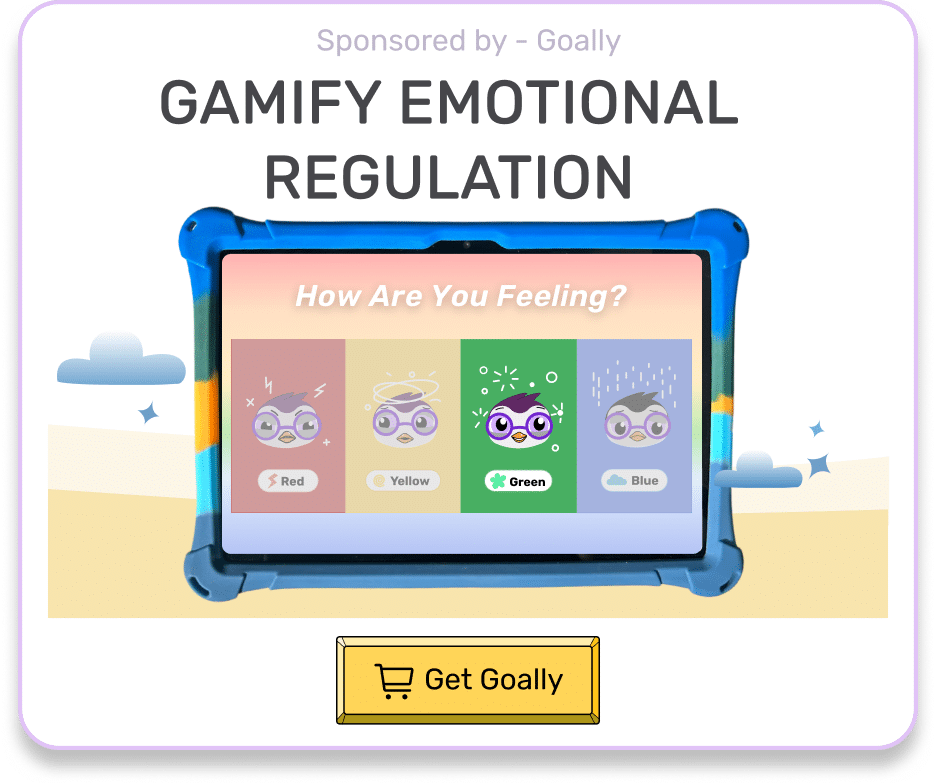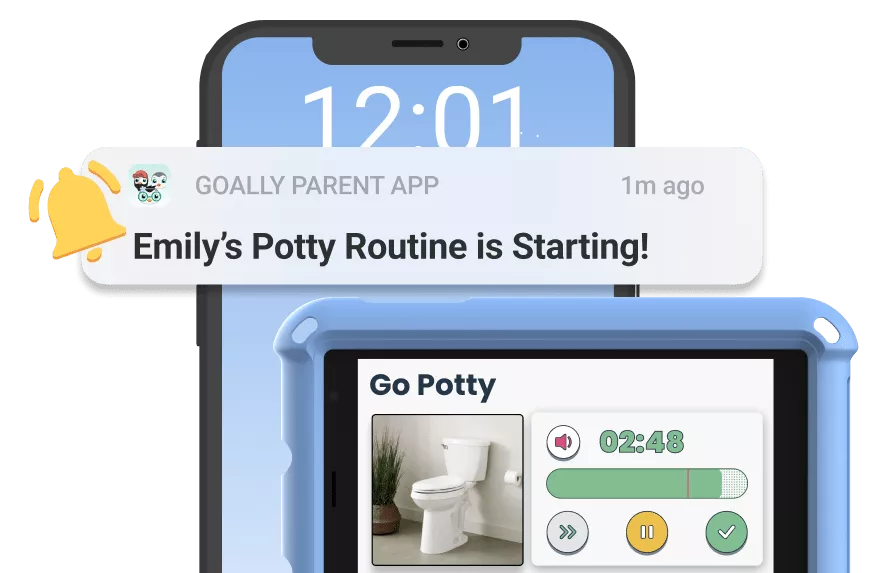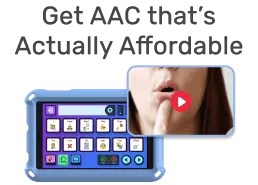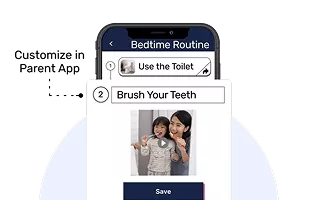Bilateral stimulation is a therapeutic technique involving alternating activation of the left and right sides of the brain. It’s often used to help kids process emotions, reduce anxiety, and improve focus. Understanding how bilateral stimulation works and how to support kids with thinking and learning differences through this method can offer real benefits at home.
Here are key takeaways to keep in mind:
- Bilateral stimulation helps balance brain activity by engaging both hemispheres alternately.
- This technique can support emotional regulation and reduce stress for kids with special needs.
- Simple bilateral activities—like tapping, walking, or eye movements—can be done at home with your child.
- Using bilateral stimulation regularly may improve focus, calmness, and overall well-being.
Table of Contents
What Is Bilateral Stimulation and Why Does It Matter?
Bilateral stimulation involves alternating sensory input from one side of the body to the other. This can be visual, auditory, or tactile. For example, a child might tap their left hand, then their right hand, or follow a moving light from left to right with their eyes. The goal is to engage both sides of the brain evenly.
The brain has two hemispheres, each handling different tasks. While one side might focus on language or logic, the other handles creativity and emotions. Bilateral stimulation encourages communication between these two sides. That communication helps kids process emotions better and feel calmer.
Research suggests bilateral stimulation is effective in therapies like EMDR (Eye Movement Desensitization and Reprocessing), which is used to treat trauma. Although originally designed for adults, the principles have been adapted for neurodivergent kids, particularly those with anxiety or sensory processing challenges. The alternating stimulation helps regulate the nervous system and improve emotional resilience.
How Bilateral Stimulation Supports Kids with Thinking and Learning Differences
Kids with special needs often experience heightened anxiety, difficulty focusing, or overwhelming emotions. Bilateral stimulation can gently guide their brain to a more balanced state. When both hemispheres work together smoothly, kids may find it easier to calm down, organize their thoughts, and stay present.
Consider a child who struggles with sensory overload. The rhythmic, alternating nature of bilateral activities can act like a reset button. It gives their brain a predictable pattern to latch onto. That pattern can reduce feelings of chaos or overwhelm, offering a sense of control.
Types of Bilateral Stimulation: What Parents Can Use at Home
One of the best parts of bilateral stimulation is how accessible it can be. You don’t need special equipment—just simple, repetitive activities that encourage left-right movement.
1. Tactile Stimulation
This involves touch or tapping on alternate sides of the body. For example, gently tapping a child’s left and right knees, or having them tap their own hands alternately. This helps the brain focus on sensory input and encourages coordination.
Many kids find tactile bilateral stimulation grounding because it provides predictable, rhythmic sensations.
2. Visual Stimulation
Here, kids follow an object moving from left to right or vice versa with their eyes. This could be a flashlight beam, a moving finger, or a toy. Eye movement bilateral stimulation is common in therapies for trauma but also helps improve visual tracking and attention.
Parents can turn this into a game, asking their child to “watch the light” or “follow the toy” back and forth slowly.
3. Auditory Stimulation
This uses sounds alternating between the left and right ears, often through headphones. For home use, parents can create simple rhythmic sounds—like clapping or tapping—that switch sides. This auditory rhythm encourages the brain to balance input and can support focus and relaxation.
While less common at home, apps and simple devices exist that produce bilateral sounds designed for calming effects.
4. Movement-Based Bilateral Activities
Movement can also be a form of bilateral stimulation. Activities like walking heel-to-toe, skipping, or marching engage both sides of the body in an alternating rhythm. These exercises support motor coordination and sensory integration.
Movement games are especially helpful for kids who are active or tactile learners—they get the benefit of stimulation and the chance to release energy.
Incorporating Bilateral Stimulation into Daily Routines
For bilateral stimulation to be effective, consistency matters. Parents can weave simple bilateral activities into daily routines to make them manageable and natural.
- Before homework or screen time: A few minutes of tapping hands or following a moving light can help kids shift focus and prepare their brain for attention.
- During transitions: When moving from one activity to another, bilateral movements can reduce anxiety and help kids settle in.
- Calm-down breaks: Use bilateral stimulation when kids feel overwhelmed. Rhythmic tapping or gentle movements provide sensory input to soothe.
In practice, parents might guide a child through a five-minute bilateral tapping sequence, or encourage walking games outside that involve crossing midline movements. Over time, kids often respond positively and may even request these activities when they need to relax.
What to Watch for When Using Bilateral Stimulation
Bilateral stimulation is generally safe, but every child is unique. Pay attention to your kid’s reactions. If a particular activity feels overwhelming or causes distress, it’s best to pause and try a gentler approach later.
Also, bilateral stimulation is a tool—not a cure-all. It works best as part of a broader strategy that includes supportive routines, sensory breaks, and emotional coaching. Observe your child’s behavior before and after sessions to track what works well.
Tips for Parents
- Keep sessions short—2 to 5 minutes is a good starting point.
- Make it fun and playful to encourage engagement.
- Involve siblings or family members to create a shared activity.
- Be consistent to build routine and predictability.
- Adjust the pace based on your child’s comfort level.
Combining Bilateral Stimulation with Other Supportive Strategies
Bilateral stimulation shines when paired with other techniques designed for kids with learning differences. For example, using visual schedules or social stories alongside bilateral activities helps kids prepare for changes and manage emotions.
Additionally, mindfulness practices tailored for kids—like deep breathing or guided imagery—complement the calming effect of bilateral stimulation. Together, they create a holistic approach to emotional regulation and executive functioning skills.
Summary of Practical Bilateral Stimulation Activities for Home
| Type | Activity | Benefits |
|---|---|---|
| Tactile | Alternate tapping knees or hands | Enhances sensory awareness and coordination |
| Visual | Follow a light or finger left to right | Improves eye tracking and focus |
| Auditory | Clapping or tapping sounds alternating sides | Supports brain hemisphere communication |
| Movement | Walking heel-to-toe, skipping, marching | Builds motor skills and reduces anxiety |
Parents can pick one or combine several activities based on what fits their kid’s preferences and daily schedule.

Final Thoughts on Bilateral Stimulation for Kids with Special Needs
Bilateral stimulation is a simple, effective way to support kids with thinking and learning differences. By engaging both sides of the brain through rhythm and alternating movements, it helps regulate emotions and improve focus. The best part is that parents don’t need fancy tools—just everyday moments and activities can do the trick.
With regular use, bilateral stimulation can become a valuable part of your kid’s routine, making transitions smoother and stressful moments calmer. Above all, pay attention to your child’s responses and adapt activities to their needs. That way, bilateral stimulation becomes a practical, natural support that fits your family’s rhythm.
Helpful Resources
- American Psychological Association
- National Institutes of Health – PubMed Central
- The Sensory Integration Network
FAQ’s About Bilateral Stimulation
What is bilateral stimulation? Bilateral stimulation is a core aspect of EMDR therapy, involving the use of rhythmic left-right patterns to stimulate the brain, increasing its ability to process information and emotions. How does bilateral stimulation help children's learning and growth? Bilateral stimulation can boost a child's cognitive abilities, improve focus, and enhance emotional regulation, which are key factors in learning and growth. Are there specific tools or activities that use bilateral stimulation? Yes, various tools and activities, including tapping exercises, audio stimulation, and creative arts like painting or drawing, utilize bilateral stimulation. Is bilateral stimulation safe for kids? Yes, bilateral stimulation is safe and non-invasive. However, it's recommended to seek professional advice to properly use such techniques. How can parents incorporate bilateral stimulation at home? Parents can incorporate simple bilateral stimulation exercises like ball tossing, dancing, or even 'Simon says' games, into their child's routine to stimulate their young mind.





